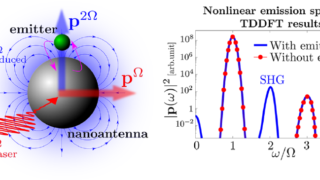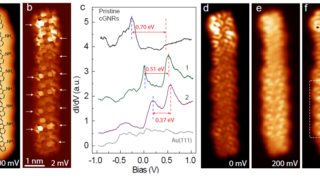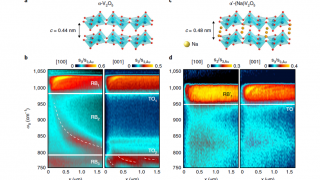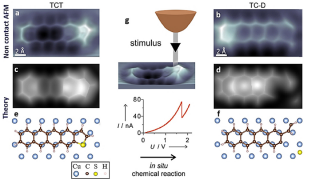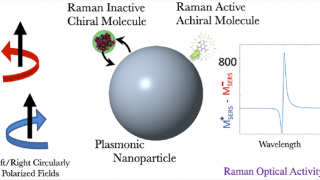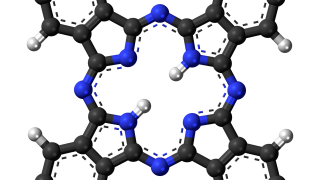
Controlled molecular rotors mounted on a molecular platform on a gold substrate
The Nobel Prize in Chemistry 2016 was awarded to Jean-Pierre Sauvage, Fraser Stoddart and Ben Feringa “for the design and synthesis of molecular machines”. Molecular machines are made by one or a few molecules linked together, comprising several hundred atoms. If a molecule can use an energy input to perform a mechanical movement (output) it […]

